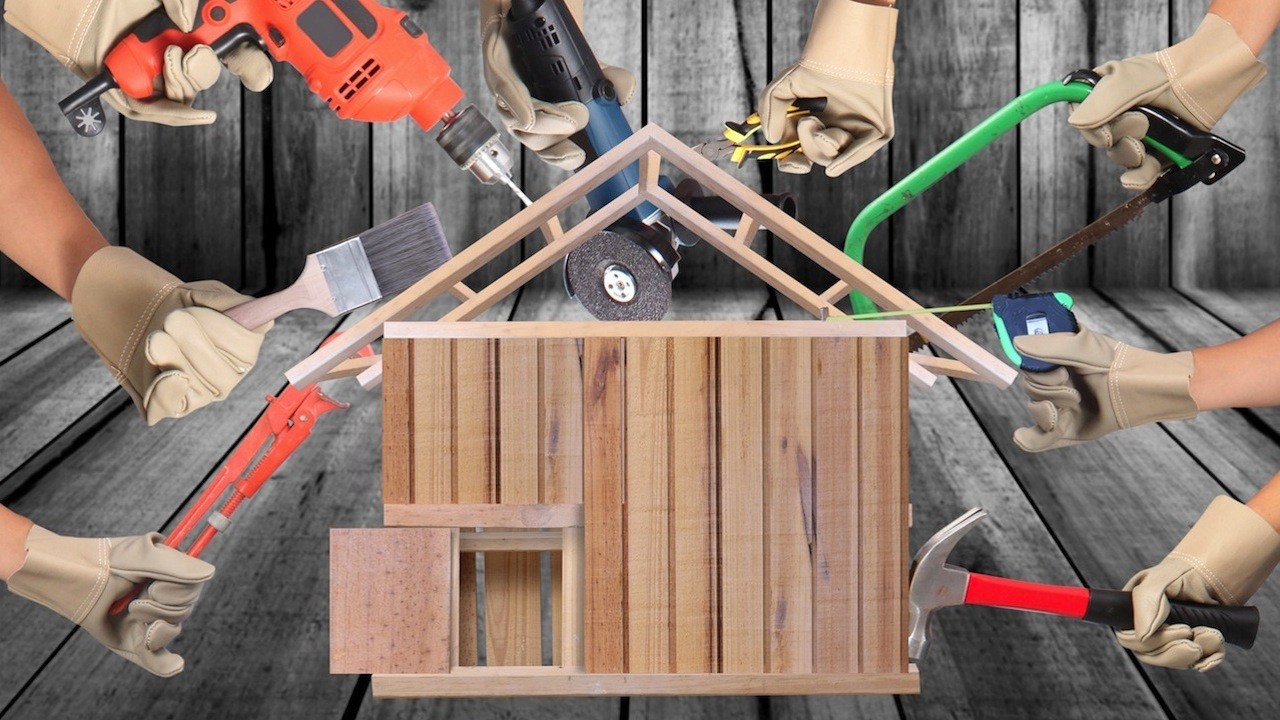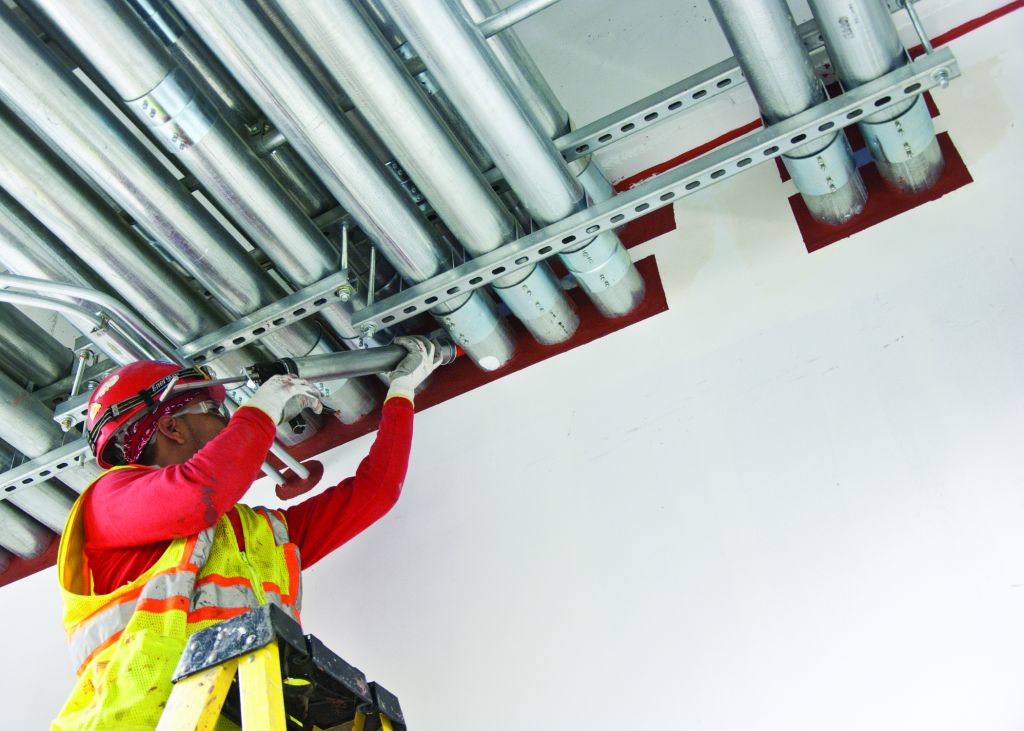Table of Content
We excluded payments made to cover minimum payments to cards with a lower APR than Tally or to cards that were in a grace period at the time of payment. Home Equity Lines of Credit, also known as HELOCs, are loans that are secured by your primary residence, and they offer a revolving line of credit to meet your borrowing needs. For example, if youre planning on a home renovation, you can borrow new funds for each step of your project, rather than as a single lump sum.

Replacement of broken appliances is usually also considered to be a repair. A repair is simply necessary maintenance that keeps the property in habitable and working condition. It doesn't add significant value to the property or extend its life. The full cost of a repair can be deducted in the year you make it. This could include painting, adding shelves, or buying new furniture.
What can I claim on tax without receipts 2022?
As long as the changes are made specifically to create a home office, they should be deductible. Examples of home renovations include new built-in appliances, attic insulation, bedroom additions, and a new security system. Homeowners are encouraged to document all home improvement expenses over the tax year. Get started with RenoFi by visiting the website and using the loan calculator to learn how much you may be eligible for.

Two types of tax credits relate to home improvement situations. 3Individual Savings Claims – We calculated each customer’s interest savings based on payments Tally made on their behalf to their credit cards with a higher APR than their Tally line of credit. We compared the total daily interest that would have accrued with and without Tally based on the difference between their credit card APR and the APR for their Tally line of credit.
Tax Deduction
Nope, it’s not going to let you deduct the cost of the repairs or improvements, but getting a break on the damage or loss might be helpful when budgeting for restorations. Capital gains are calculated by taking the sale price of your home minus its adjusted cost basis. Adjust cost basis is a fancy way of saying the original value of the home plus the cost of any qualifying capital improvements and selling fees like agent commissions. When you eventually sell your rental property, you could be on the hook for capital gains and depreciation recapture taxes.

Whats more, you must spend the money on the property in which the equity is the source of the loan. If you meet the conditions, then interest is deductible on a loan of up to $750,000 . When Congress passed the TCJA, they placed a handful of restrictions on interest deductions for home equity loans and HELOCs. Beginning in 2018, interest on these loans is generally not deductible. However, if the funds are used to buy, build, or substantially improve the property secured by the loan thereby meeting the definition of acquisition indebtedness the interest can be deducted.
Tax Categories
But our editorial integrity ensures our experts’ opinions aren’t influenced by compensation. Home repairs are things that you do to your home to keep it in good condition. For example, fixing a broken window, re-grouting an old bathtub, and dealing with that aforementioned busted furnace. The goal with home repairs is to return your home to its ideal—not to make a substantial improvement on what was already there. There are also some "expenses that may help you reduce your taxes in the year you sell your house," according to our partners at TurboTax. An improvement adds value to your property for years to come, not just in the current year, so you can't take the deduction all at once.
If a permanent improvement increases the value of your property, you may also be able to include it as a capital improvement. Repairs made after a natural disaster, repairs to a rental property, and repairs to a home office may also qualify for tax deductions. Certain energy-efficient improvements can qualify you for tax credits. Instead of reducing the amount of income you report, they actually lower your final tax bill -- the total amount of income tax you owe the IRS. Capital improvements to property and repair costs to property are both tax deductible, but they're handled differently.
For example, California residents who install solar panels are eligible for a federal tax credit, a state rebate, and potentially a property tax break as well. If you own and rent out your property, in many cases you can deduct routine repairs in the year you make them, but those repairs must be paid for by you. The Internal Revenue Service says that if you occupy the home as your primary residence, routine repairs that keep the property in good condition do not qualify for deduction in any year. Capital improvement investments you make that add value to the home, prolong its life, or adapt its use will qualify for deduction only when you sell your home.
Again, it’s highly recommended to save and document any repairs, receipts, and maintenance fees for your rental property to keep track of deductible expenses. You may deduct these over time through the use of MACRS depreciation. Depending on the improvement made, you will need to follow a specific, relevant depreciation schedule to deduct these expenses over their expected useful lifetime. Typically, these will be deducted in under seven years but can vary depending on the type of improvement.
Many real estate investors defer these taxes by using a 1031 exchange, which lets you swap one investment property for another. Home improvements on a personal residence are generally not tax deductible for federal income taxes. Solar panel installation or upgrading to energy-efficient windows are examples of energy-saving renovations. The list of qualifying home upgrades changes from year to year, as do the tax dollar amounts involved. Most often, qualifying deductions are rewarded as tax credits. A tax-deductible expense can be deducted from your income on your federal tax return, which can help reduce the amount of tax you owe come April.
But replacing a few loose shingles on your roof is a repair. Prepay or contribute funds to an account to help cover qualified higher education expensesTransfer or rollover funds from the 529 plan to an Achieving a Better Life Experience account. These funds can benefit the savings account holder or a family member. Learn how an ABLE account can help a person with a disability pay for education, housing, health, and other qualified expenses.Pay off up to $10,000 in student loan debts.

No comments:
Post a Comment